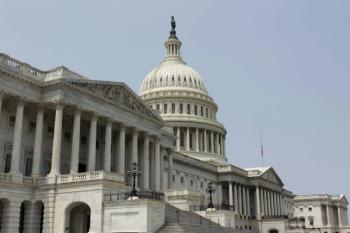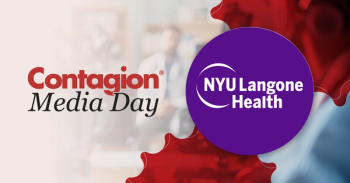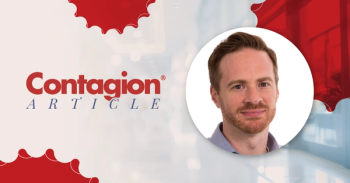
Intubation and Extubation May be Lower COVID-19 Risk Than Thought
Aggressive sanitation measures in operating rooms means more time between surgeries. If anesthetizing patients is not an aerosol risk, could these extra cleaning measures be skipped to save time and ease patient backlog?
Medical and dental procedures that generate aerosols have been of particular concern during the COVID-19 epidemic. That’s because aerosols are a likely form of viral transmission. Just recently, guidelines issued by the World Health Organization (WHO) and U.S. Centers for Disease Control and Prevention (CDC) were
Aerosols are much smaller than respiratory droplets, which tend to fall quickly and land on surfaces or the floor. Aerosols are known to linger in the air for longer and
Jules Brown, BSc, MB ChB, MRCP, FRCA, DICM, FICM, a consultant in anesthesiology and intensive care medicine at North Bristol NHS Trust, launched a study to quantify the size of airborne particles generated during intubations and extubations in surgical theaters equipped with ultraclean ventilation. Over 3 weeks, he and his team monitored 19 intubations and 14 extubations, employing an optical particle sizer to measure the concentration of particles associated with each procedure and how far the particles scattered. In addition to the procedures, 38 volitional (voluntary) coughs were recorded.
The average concentration of particles generated during intubation was 1.4, 500 times less than the average concentration of 732 particles generated during volitional coughs. During extubation, the average concentration of particles generated was 21, a rate 35-fold lower than what occurred during volitional coughs. Even the maximum particle generation seen during intubation and extubation (77 and 432, respectively) was considerably less than the concentration produced by volitional coughs.
Why might coughs occurring during intubation and extubation might be weaker than those generated voluntarily? “You have to bear in mind that the effects of anesthesia are still wearing off in these patients,” Tony Pickering, MD, ChB, PhD, FCRA, professor of neuroscience & anesthesia at the University of Bristol and a co-author of the study, told Contagion®. “It is known that anesthetic agents and opioids both suppress cough reflexes, and we would presume that this explains why the coughs generate less aerosol.”
If intubation and extubation don’t result in the amount of aerosols that significantly raise the risk of Covid-19 transmission, practitioners may wonder whether hospitals need to keep following the current protocols that involve enhanced cleaning and aerosol-removing devices. “If the current guidelines are changed—which would likely require replication of our findings—and the level of PPE [needed] is reduced and numbers of air changes required to clear aerosols are reduced, then we estimate that 15 to 20 minutes could be saved per theater case,” said Pickering. “If we estimate that at our current COVID-affected activity levels we are doing two-thirds of the previous numbers of operations, then that would equate to approximately half a million hours of saved theater time over the course of a year in the UK.”
While many assumptions about the dangers of aerosol-generating procedures have not been scientifically proven, the consensus is that aerosol transmission can result in SARS-CoV-2 infection. It is possible, however, that what is considered risky actually isn’t too much of a risk. “We have provided some quantitative measures that tell us that some of these underlying assumptions around [aerosol-generating procedures] may be fundamentally incorrect,” Pickering said. “There remains a large amount of work needed to replicate our observations across settings and to extend to these other questions where enormous and important evidence gaps exist.”
Newsletter
Stay ahead of emerging infectious disease threats with expert insights and breaking research. Subscribe now to get updates delivered straight to your inbox.




















































































































































































































































































